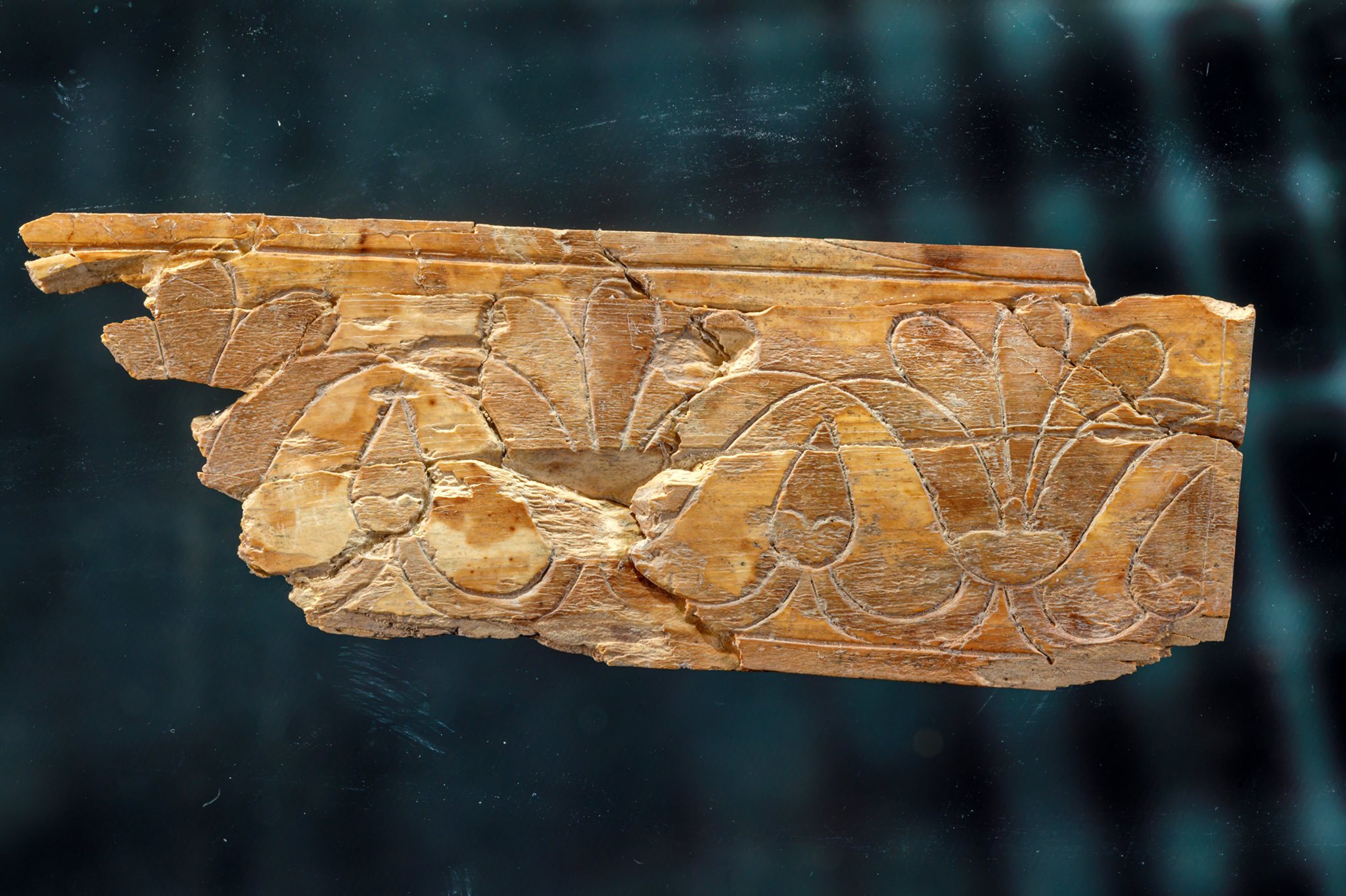
Seth Udinski, FISM News
[elfsight_social_share_buttons id=”1″]
In a potentially momentous discovery that only serves to further prove the validity of biblical history, archeologists have discovered several ivory plaques from the age of King Solomon that could very well be the same objects mentioned in the Old Testament books of 1 Kings and Amos.
Israel’s state Twitter account first broke the news earlier this week, sharing that a team of archeologists recently uncovered the rare plaques from the First Temple Age during an excavation in Jerusalem.
Incredible: a rare and magnificent collection of decorated ivory from the First Temple Period was recently discovered in Jerusalem during an archeological dig.
Jerusalem: the capital of the Jewish people since 1,000 BCE.
📸 @cityofdavid pic.twitter.com/aifSRl0row
— Israel ישראל 🇮🇱 (@Israel) September 6, 2022
Historians believe these could be the very ivory treasures mentioned in 1 Kings 10:18, in reference to King Solomon’s splendor and treasure:
Then the king made a great throne covered with ivory and overlaid with fine gold.
These ivory pieces could also be the ones referenced by the minor prophet Amos in chapter 6, verse 4 of the book that bears his name:
You lie on beds adorned with ivory and lounge on your couches.
Obviously, this discovery is nothing short of priceless, not only for its biblical significance and age, but also for the great value the pieces would have had if they adorned King Solomon’s throne in the early 10th century BC.
Under Solomon and his father and predecessor David, Israel experienced its most prosperous time, a Golden Age where the nation was, perhaps for the only time in its history, a world superpower. David, the greatest Old Testament king and a “man after God’s own heart,” united the kingdom and built it into a powerhouse. Under Solomon, David’s son borne to him by Bathsheba, the kingdom continued to prosper.
Solomon would become famous in the annals of Old Testament history for three things — his extravagant wealth, his God-given wisdom, and, sadly, his tragic fall at the end of his life, when he rejected the God of his fathers and followed the gods of his many foreign wives. Many biblical historians believe, however, that Solomon returned to the God of the Bible at the end of his life, based on his wisdom written in the book of Ecclesiastes in the twilight of his life.
Excavation director Yuval Gadot of Tel Aviv University’s Department of Archaeology said of the plaques,
The ivories may have come to Jerusalem as a gift from Assyria to Jerusalem’s nobility. Following a comparison with complete objects that appear on wall plaques from the palace of the Assyrian King Sennacherib at Nineveh, we suggest that the ivory plaques from Jerusalem were originally inlaid in a couch-throne, and we may imagine that it had been situated on the second floor of the opulent structure.
This discovery should be a great encouragement to Christians, as another piece of physical evidence of the Bible’s validity.
